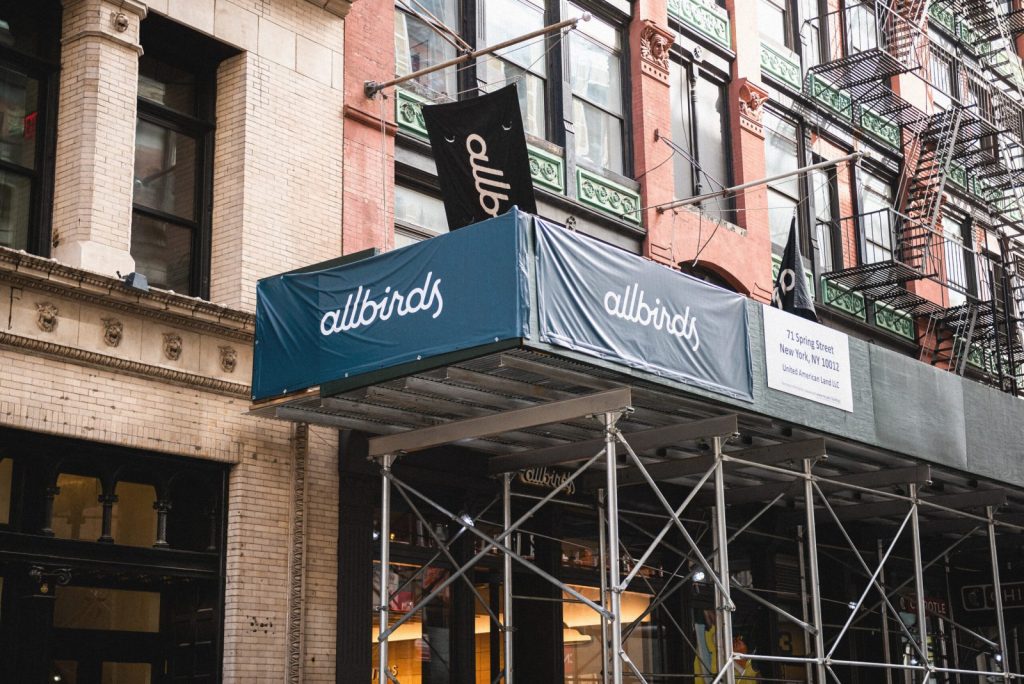
DTC retailers have been affected by COVID-19. Pivoting your 2020 marketing plan using e-commerce, data, and direct sales platforms will help you recover.
By the Middle of March, AdWeek published the sobering news that DTC stores had been among some of the first retailers to close because of the coronavirus crisis. At the same time, these companies’ rationale for closing may point to strengths — and not weaknesses — with many of the brands. To develop an effective media plan for DTC brands, you might consider some of the strongest examples in the industry and how they coped even when retailers had to close.
Rethinking the media plan for DTC brands for post-crisis 2020
Adweek’s take on early closings by such DTC retailers as Glossier, Warby Parker, and Allbirds contained some encouraging insights. These companies did not necessarily lock their physical stores because they struggled more than typical retailers. Instead, many of them believed they could ride out the storm without brick-and-mortar outlets because they had already developed a strong online presence. In fact, some DTC retailers only sell online or at least, began with e-commerce marketing before establishing brick-and-mortar stores. In this time of crisis, they could simply return to their roots.
Pivoting e-commerce marketing strategies after the coronavirus crisis
To develop your plan for DTC marketing after coronavirus, it could help to consider the example of one very young company and then, consider some advice for the industry as a whole.
Success through infrastructure, data, and innovative direct sales platforms
Zak Normandin founded Iris Nova, a soft drink company that sold offline through its own retail stores and the hospitality industry. Normandin spoke about remaining unafraid to pivot his marketing strategy, and how this alleviated sales losses during the past couple of weeks after many of his offline channels lost business or closed.
Now backed by Coca-Cola, Normandin first gained attention with the novel tactic of marketing more through text messaging than web platforms. ‘In fact, customers can directly order crates of beverages through SMS. With more people staying home, demand for home delivery has increased and this ordering method appears increasingly popular with the company’s customer base.
The company does have financial challenges because of the loss of retail business, but Normandid says that he’s thankful that they had already invested heavily in brand awareness, marketing intelligence, and technology for their mobile direct ordering system. As an example, they’ve also developed retail technology they used for their own cashless store. Even though they needed to shutter the store during the coronavirus crisis, they can use this tech to generate additional revenue in partnership with other companies.
Digital DTC marketing trends for during and after the coronavirus crisis
Jerome Shimizu co-founded DoGood Media and serves as its chief data and analytics officer. He observed that stay-at-home measures have made consumers increasingly dependent upon direct orders. At the same time, lots of legacy companies have failed to keep up with this model. He mentioned that more old-fashioned businesses could benefit by looking at the ways newer players, like Iris Nova, have developed their online customer base.
It’s also a good time to make certain brand messaging expresses sympathy to the stress many customers have experienced during the crisis. As an example, McDonald’s had a chance to procure at least an extra million masks to donate to healthcare workers when it ordered protective supplies for its own employees. This act of enlightened self-interest helped the company improve their brand image as a good employer and community member.
For a DTC example, look at Brands X Better. A couple of dozen DTC brands, including Clean Simple Eats, Boll and Branch, and Harrow Sports, have teamed up together to commit a percentage of sales to a charity effort. These individual brands all cooperate to donate money and promote the effort. In turn, the website also helps promote the companies. The message on the Brands X Better site tells visitors that by buying from these brands, they can help support worthy causes and of course, keep the companies in business and employees at their jobs.
It’s already time to develop e-commerce marketing for after the coronavirus
As demonstrated by these examples, your ability to weather the current crisis and bounce back stronger afterwards depends upon the actions you can take now to respond. You might also need to remain flexible in the way you meet consumer demand, even though you have to make drastic changes to your original marketing and advertising plans for the year.
A strong e-commerce platform and online audience can help carry you through times of weaker offline, retail sales. During the crisis, lots of consumers have turned to online ordering, so you just need to let them know you’ve made that available for them. You may even find sales boosted by consumers who are more likely to order for home delivery than to travel to a retail outlet right now. To build your brand imagine, consider actions and marketing that can demonstrate how well you adjusted and strove to help protect your employees and your community. In some cases, you may even find it easier to stretch limited resources if you can find other like-minded companies to partner with.




